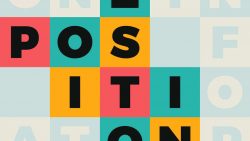- afraid and fear
In an informal style, be afraid is more common than fear.
Don’t be afraid, (not Don’t fear) She’s afraid that I might find out.
Are you afraid of the dark? I’m not afraid to say what I think. - I’m afraid
= ‘I’m sorry’
I’m afraid (that) often means ‘I’m sorry to tell you (that)’. It is used to introduce apologetic refusals and bad news.
I’m afraid (that) I can’t help you.
I’m afraid that there’s been an accident.
I’m afraid so/not are used as ‘short answers’.
Can you lend me a pound? I’m, afraid not.
It’s going to rain. Yes, I’m afraid so. - not used before a noun
Afraid is one of the adjectives that are not usually used before a noun in ‘attributive position’ (see adjectives 1: normal position). Compare:
John’s afraid.
John’s a frightened man. (not … an afraid man?)
For information about -ing forms and infinitives after afraid, see -ing forms 7.• position see age.
• afraid so/not see so and not with hope, believe, etc
• be afraid see be and have.
• with -ing form or infinitive see -ing forms 7: remember, go on etc + -ing or infinitive.
• see discourse markers.
For more information consult a good dictionary like Langman, Oxford, Merriam Webster, or Collins.



Add Comment